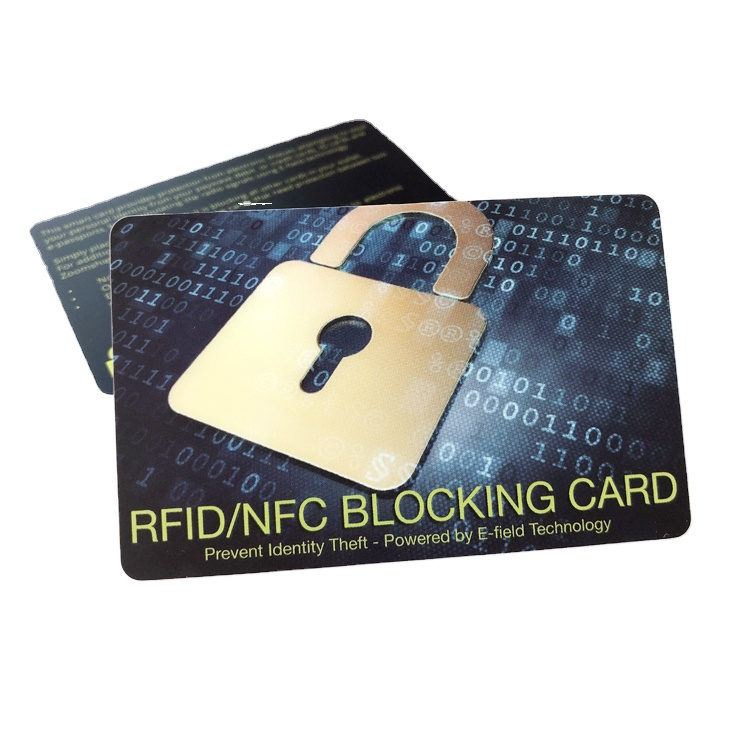
ABS Nylon Cable Tie Tag, Strapping Tape UHF Self-locking RFID Logistics Containers Tag
Type: VT-Q01
Size: 44*45*8mm
Color: Black, Red, Blue, Yellow, Green, White or Customized
Working Frequency: 902-928MHz/ 865-868MHz
Material: ABS/PP
Chip: H3M4QT/ Alien H4/ M4/ MONZA 4QT/ R6P
Operating Temperature: -40 ~ +80℃
Weight: 18g
Reading Distance: 0.1~5 m
Additional Crafts: laser printing or silk printing, logo, QR code, numbers
RFID cable tie tag is is made by a nylon strap and a ABS tag with chip in it. Different colors and customized sizes and crafts like logo printing, encoding are available. It’s waterproof and strapped tightly.It can be used in water and harsh outdoor environments.
1.Automated identification: RFID cable tie labels can automatically identify cables without manual entry or scanning of barcodes. This increases the accuracy and efficiency of labeling and reduces errors.
2.Real-time tracking: RFID cable tie labels can track the location and status of cables in real time, thus helping to monitor and manage the transportation and installation process of cables.
3.Save time and money: Using RFID cable tie labels can save time and money because they can identify cables more quickly and accurately, and can reduce rework and delays caused by misidentification.
4.Increased Safety: RFID cable tie labels can increase safety as they can help identify and track possible faulty or damaged cables to avoid potential safety risks.
5.Improved asset management: RFID cable tie labels can help improve asset management as they can help track and manage large quantities of cables and other equipment, increasing efficiency and reducing costs.

1. What is RFID
Radio frequency identification, or RFID, is a generic term for technologies that use radio waves to automatically identify people or objects. (the chip and the antenna together are called an RFID transponder or an RFID tag). The antenna enables the chip to transmit the identification information to a reader. The reader converts the radio waves reflected back from the RFID tag into digital information that can then be passed on to computers that can make use of it.
2. How does an RFID system work?
An RFID system consists of a tag, which is made up of a microchip with an antenna, and an interrogator or reader with an antenna. The reader sends out electromagnetic waves. The tag antenna is tuned to receive these waves. A passive RFID tag draws power from field created by the reader and uses it to power the microchip’s circuits. The chip then modulates the waves that the tag sends back to the reader and the reader converts the new waves into digital data
3.How do I know which frequency is right for my application?
Different frequencies have different characteristics that make them more useful for different applications. For instance, low-frequency tags are cheaper than ultra high frequency (UHF) tags, use less power and are better able to penetrate non-metallic substances. They are ideal for scanning objects with high-water content, such as fruit, at close range. UHF frequencies typically offer better range and can transfer data faster. But they use more power and are less likely to pass through materials. And because they tend to be more “directed,” they require a clear path between the tag and reader. UHF tags might be better for scanning boxes of goods as they pass through a bay door into a warehouse. It is probably best to work with a consultant, integrator or vendor that can help you choose the right frequency for your application.
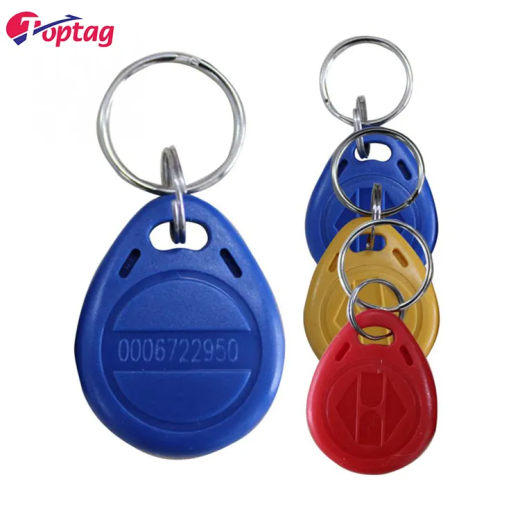
Producto igual al de la descripción, excelente servicio y atención, muy recomendable.
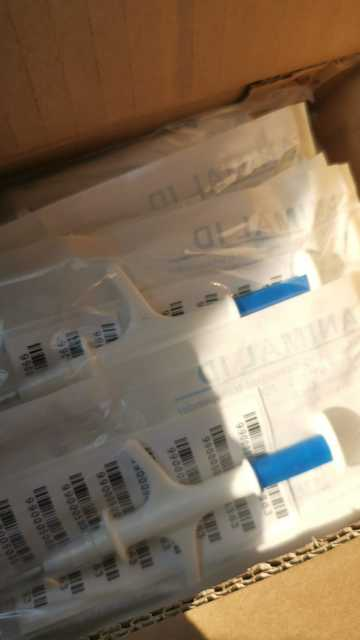
EXCELENTE Servicio como siempre.. llego en el tiempo indicado. Comprare mas en el futuro.. GRACIAS.
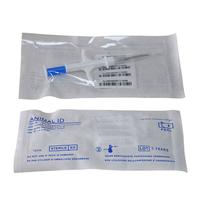
thanks to the seller for the good product, for the quick dispatch of the goods. My clients are very satisfied.
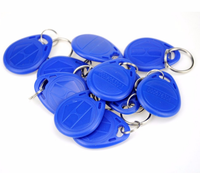
Repeat orders for many times, good supplier. Good quality and fast delivery.
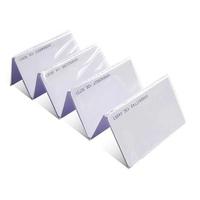
The quality is very good and the customer service is patient.
Price is very affordable, good service attitude.
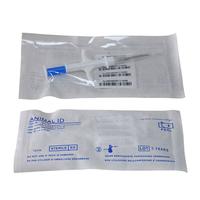
Покупаю шприцы второй раз по 1000 штук, мои клиенты остались довольны.
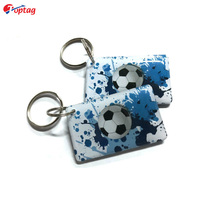
This product and order is amazing! Nicole handled my design and order with ease and the delivery was very quick!!! I am so impressed with the tags and I even have more orders for my other clients! Thank you so much Nicole and Shenzhen Toptag because these are beautiful! Amazing work
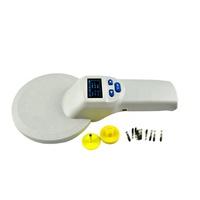
Excellent communication. Description of the item corresponds exactly to the facts. I recommend the seller. Thanks

We are very satisfied with our delivery. The order process went well Cooperative flexible problem solutions were offered. Product quality is good. Thanks for the great cooperation.
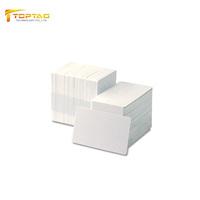
I bought cards mifare ... I am very sattisfied and I can say the best delivery and very fast !!!!!!!!!!!
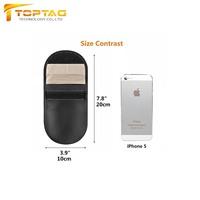
fantastic service, arrived a day earlier which was even better.. i hope to order more soon
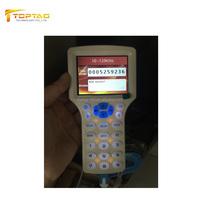
Nice product and good service Thank you so much
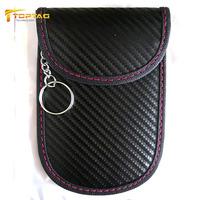
I was very happy with the service I got from Shenzhen Toptag Technology. I was in constact contact with the sales representative and she did a great job in communicating with me and shipping the final product to California.
Great service folks!
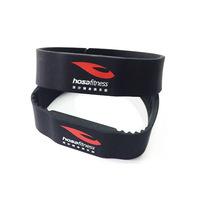
very fast shipping ! alongside with excellent customer serviceamazing experience with this company look forward to making more future orders.
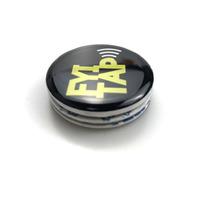
i advice people to trust them and working with them , they are very good and proffessional regards
Copyright © 2024 Shenzhen Toptag Technology Co., Ltd. All rights reserved.